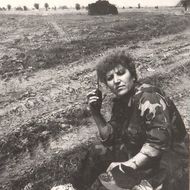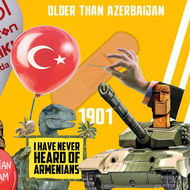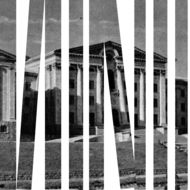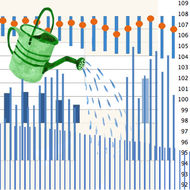Search articles
Search results for
Distance Education in Times of Coronavirus
By Narek Manukyan
Educational institutions around the world are moving to online learning as the COVID-19 pandemic wreaks havoc. Narek Manukyan examines the Armenian education system’s preparedness for distance learning following the government’s announcement of a one-month state of emergency in the country.
Distributive Justice in Armenia Before and After the Revolution
By Liana Avetisyan
One of the drivers for the Velvet Revolution was the desire for improved socioeconomic conditions. Liana Avetisyan looks at what is changing in distributive justice and whether public perceptions are reflected in these changes.
Dokhtur’s Artsakh Fairytale
By Gayane Ghazaryan
When the war broke out in Artsakh in the early 1990s, Aida Serobyan was a 36-year-old doctor and mother of three. She decided to volunteer for two months as a field doctor, but ended up staying for two years until the end of the war in 1994. Although she helped to heal the injured, she herself was wounded four times on the battlefield. This is her story.
Domestic Violence: An Imperfect Law and Enduring Stereotypes
By Gohar Abrahamyan
Another case of a woman being killed by her husband has forced Armenian society to speak once again about the one thing it doesn’t like to address - domestic violence.
Domestic Violence and the Pandemic: How the Vulnerable Have Become More Vulnerable
By Astghik Karapetyan
Women, the elderly and children living under the same roof with violent abusers became even more vulnerable during the quarantine. Calls to domestic violence hotlines in Armenia have increased by almost 30%.
Duplicating Images: Azerbaijan’s Mirror Propaganda Operation Part II
By Arshaluys Barseghyan
As part of its mirroring propaganda operation during the war that was intended to cloud the information landscape, Azerbaijan also systematically mirrored the Armenian side’s visuals as well.
Early Elections Are Unlikely But Here Is What They Could Look Like
By Harout Manougian
Following Armenia’s major military defeat in Artsakh, many people in the country, including a number of political forces, are calling for the resignation of Prime Minister Nikol Pashinyan. Such a move could trigger a number of different scenarios.
ECHR Chamber Judgment Holds Azerbaijan Accountable, But Falls Short
By Maria Titizian , Lusine Sargsyan
In a Chamber judgment, the ECHR has found Azerbaijan in violation of two articles of the European Convention on Human Rights in the gruesome 2004 murder of Lieutenant Gurgen Margaryan.
ECLIPSE
Armenia’s Ministry of Culture shut down an exhibit entitled ECLIPSE at the Tumanyan House Museum in Yerevan stating that it was ‘politicized’. Since the public no longer has the opportunity to physically go and see the exhibit, Narine Tukhikyan, the director of the Tumanyan House Museum, provided EVN Report with all the curated artifacts so that it could live on virtually.
Economic Revolution or Hopes for a Miracle
By Paruyr Abrahamyan
Can Armenia’s new government deliver on its promise of an economic revolution following the Velvet Revolution of last spring? Paruyr Abrahamyan decodes the promise of that revolution.












